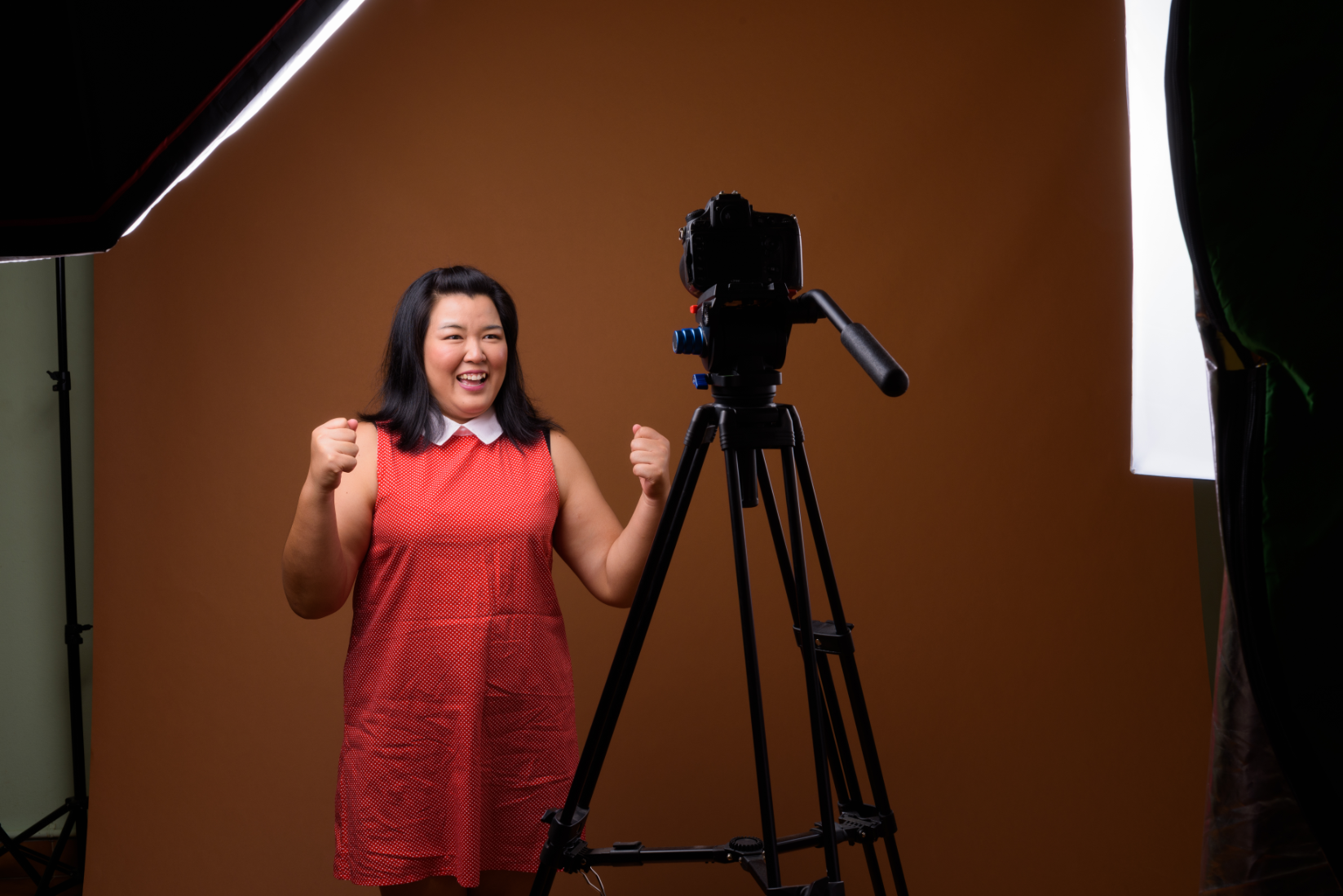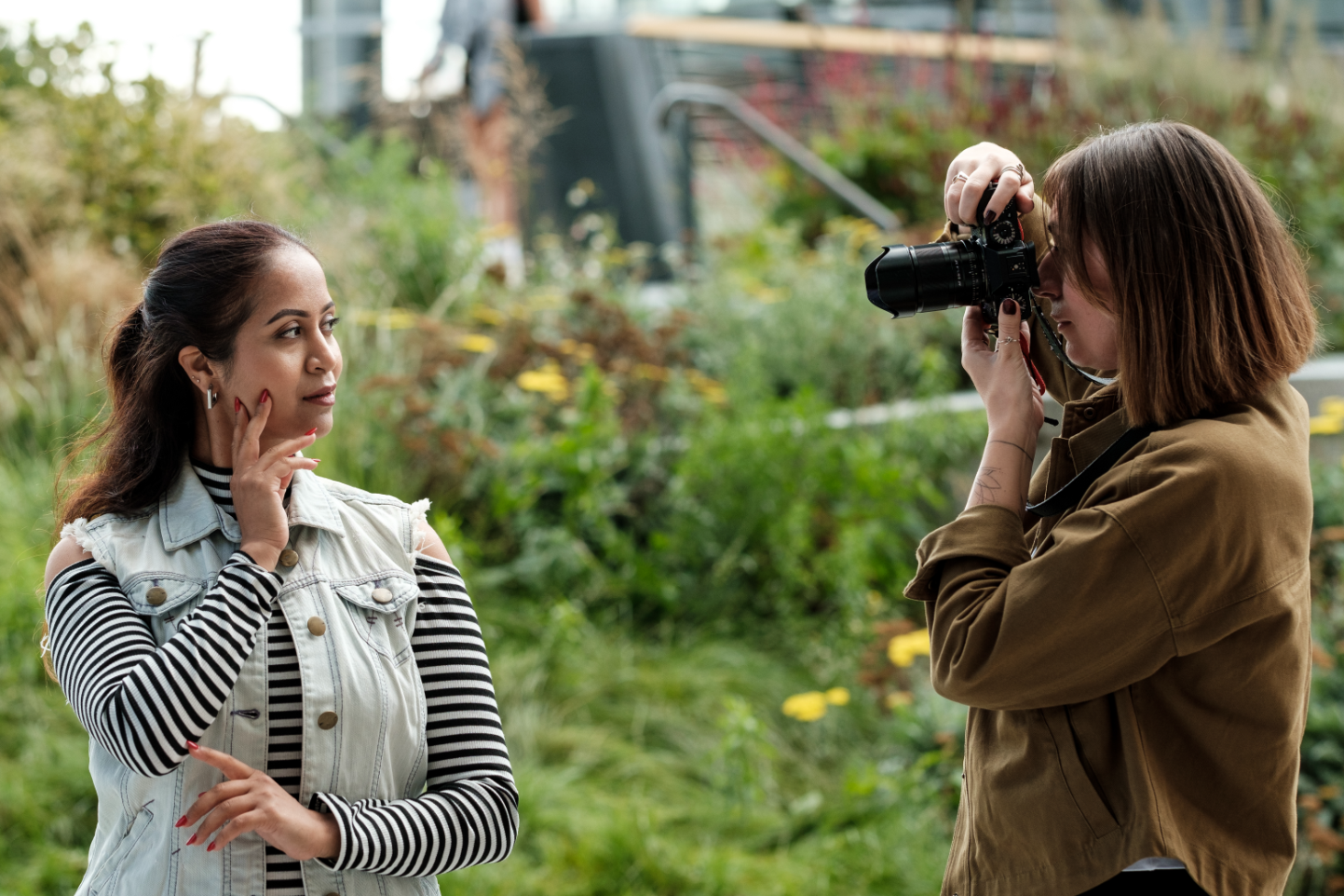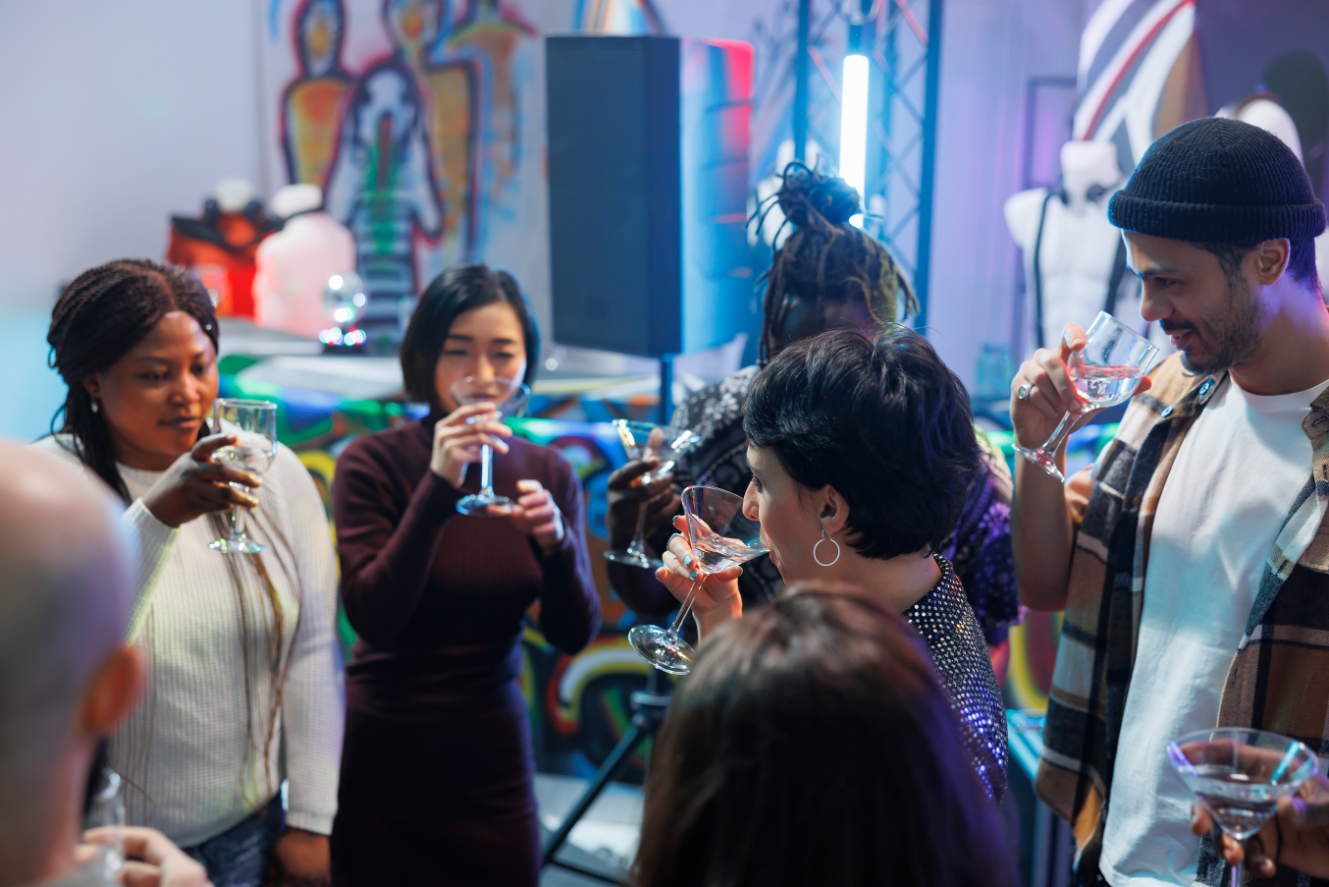Pro Cinematography: Get the Blockbuster Look on Any Budget

Pro Cinematography: Get the Blockbuster Look on Any Budget
Ever watched a big-budget Hollywood film and thought, "I wish my projects could look like that"? The good news is, achieving a cinematic, blockbuster aesthetic isn't exclusively reserved for million-dollar productions. While cutting-edge cameras and sprawling sets certainly help, the true magic of professional cinematography lies in understanding fundamental visual storytelling principles, mastering light, and making smart creative choices – all of which can be applied regardless of your budget.
At FilmBaker, we believe that passion and ingenuity are your most powerful tools. This post will demystify how you can elevate your visuals, bringing that coveted "blockbuster look" to your independent films, music videos, or even corporate projects, simply by focusing on core cinematographic techniques. Let's dive into how you can make every frame count, even when working with limited resources.
Lighting: The Unsung Hero of Visual Storytelling
When aspiring filmmakers first start, they often obsess over camera models. While a good camera is valuable, lighting is arguably the single most crucial element in creating a professional, high-quality image. It shapes mood, directs the viewer's eye, and defines your subjects. Forget expensive HMI lights; you can achieve stunning results with surprisingly simple and affordable tools, or even just what nature provides.
Start by harnessing natural light. The "golden hour" (shortly after sunrise or before sunset) offers soft, warm, flattering light that is universally loved in cinema. Similarly, a large window can be an incredible key light, providing a soft, diffused source. For interiors, consider using practical lights already present in your location – lamps, overhead fixtures – and augment them. Simple LED panels, which are now incredibly affordable, can act as excellent fill or backlights. Don't underestimate DIY solutions: a white bedsheet can diffuse harsh sunlight, a piece of foam board can bounce light, and even a desk lamp with a paper lantern can create a beautiful, soft glow. Always think about the quality (hard vs. soft), direction, and color temperature of your light.
Composition & Framing: Crafting Every Frame with Purpose
A beautifully composed shot isn't just aesthetically pleasing; it's a powerful storytelling device. It guides the audience's eye, reveals character, and establishes tone. Mastering composition doesn't cost a dime, only practice and a keen eye. Think beyond simply centering your subject. Explore the rule of thirds, using leading lines to draw attention, and utilizing negative space to evoke emotion or emphasize isolation.
Consider the emotional impact of different framing choices. A low-angle shot can make a character appear powerful or threatening, while a high angle can make them seem vulnerable or small. Incorporate foreground elements to add depth and create a sense of immersion. Think about how objects and lines within your frame can lead the viewer's eye to your subject. Before you even hit record, take a moment to look through the viewfinder and "pre-visualize" the shot. What story is this frame telling? Is it clear? Is it impactful? By paying meticulous attention to every element within your frame, you can elevate mundane scenes into cinematic moments.
Camera Movement & Blocking: Dynamic Engagement
Movement, both of the camera and the actors within the frame (blocking), adds tremendous dynamic energy and emotional resonance to your cinematography. While big studios might deploy cranes and elaborate dolly tracks, you can achieve sophisticated movement with much simpler, even improvised, techniques. The key is that every movement should serve a purpose, enhancing the narrative or emotional state of the scene.
Instead of relying solely on expensive gear, consider techniques like smooth handheld shots to convey immediacy or a character's perspective. Improvise a dolly using a wheelchair or a shopping cart on a smooth surface for tracking shots. Affordable gimbals or sliders can provide incredibly professional-looking glides and pushes. For blocking, think about how your actors move within the frame in relation to the camera. A subtle walk into a close-up can be far more impactful than a sudden cut. Remember, a static, well-composed shot can be incredibly powerful too – sometimes the lack of movement creates a more profound impact, emphasizing stillness or isolation. The goal is purposeful movement, not just movement for movement's sake.
Color & Post-Production: Polishing Your Visual Gem
While the heavy lifting of cinematography happens on set, the post-production phase, particularly color grading, is where you truly polish your visual gem and solidify the "blockbuster look." Color can dramatically alter the mood, tone, and perceived quality of your footage. You don't need a high-end color suite to achieve a professional grade; many affordable or even free software options offer powerful grading tools.
Start with basic color correction to ensure your whites are white, and your blacks are black, and that skin tones look natural. Then, move onto grading, applying a consistent color palette that aligns with your film's genre and emotional arc. For instance, warm, desaturated tones might evoke nostalgia, while cool blues and greens can create a sense of mystery or isolation. Look-up tables (LUTs) can be a fantastic starting point, giving your footage a quick cinematic "look" that you can then fine-tune. Remember, a great grade can't fix bad lighting or composition, but it can significantly enhance already strong footage, making it pop and giving it that undeniable professional sheen.
Conclusion
Achieving a professional, blockbuster look in your cinematography isn't about the size of your budget; it's about the depth of your understanding and the breadth of your creativity. By meticulously focusing on lighting, composition, camera movement, and smart post-production, you can transform your projects from amateur to astonishing. These principles are the bedrock of great filmmaking, and mastering them will empower you to tell your stories with compelling visual impact, regardless of your resources.
Ready to elevate your next project or looking for professional insights and support? Connect with FilmBaker today. We're here to help you turn your cinematic aspirations into stunning realities.

